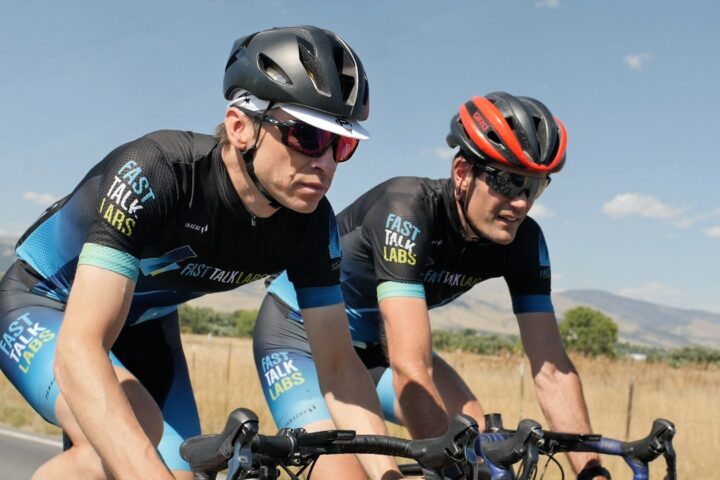
How Much Interval Training Do We Really Need? With Dr. Stephen Seiler
Nothing has been researched more than high-intensity interval training. We talk with Dr. Seiler about what the science really says and how to apply it to our own training.

Nothing has been researched more than high-intensity interval training. We talk with Dr. Seiler about what the science really says and how to apply it to our own training.

Is more better? We explore how our bodies adapt to training and why the right amount of stress at the right times is a far better way to train than going hard all the time.

NERD LAB! Our resident physiologists Rob Pickels and Trevor Connor nerd out and dive deep into new scientific research and debates. In this episode: Is cycling explosive and eccentric? Academics take on Dr. Seiler.

We asked for your questions on our 200th anniversary episode and we got so many of them that we decided to dedicate another episode to answer them.

Coach Rebecca Gross of 3six0 Performance helps us field questions on polarized training, closing out your season, if you can “ruin” workouts, spin classes, and more.

Exercise physiologist Dr. Stephen Seiler walks through five steps for turning polarized training into a more personalized approach.

Dr. Stephen Seiler presents the reasons, methods, and benefits of moving from a polarized training template to a more personalized, optimized training method that is still based on polarized training.

In this Q&A episode, guest Grant Holicky discusses sweat rate, polarized training for cyclocross, VLamax, and recovery tools.

In this episode we learn about the inception of the polarized method, and we discuss Dr. Seiler’s current research on the all-important aerobic threshold.

We take on questions about training while fasted, goal–setting analysis, and have a discussion on the polarized training approach.
This Q&A episode we’ll answer questions about diet, the value of short easy rides, sub-threshold work in a polarized training model, and inflammation.

Dr. Stephen Seiler breaks down the application of the polarized training model, addressing what is meant by the two thresholds—LT1 and LT2—and how to determine yours. We also discuss why it’s important not to over-estimate LT1 or LT2, and how to use them to determine your zones in a three-zone model.

This episode is a deep dive into polarized training with Dr. Stephen Seiler, Grant Holicky, Andrew Randall, Steve Neal, and Larry Warbasse.

We talk with Joe Friel about the newest edition of his bestselling cycling training book The Cyclist’s Training Bible. We touched on everything from periodization to energy systems, to Joe’s method of research…which believe it or not, has a lot to do with hundreds of 3”x5” note cards.
Which is better, sweet spot training or polarized training? To find out, we invited in proponents of each type of training — FasCat’s Frank Overton on the sweet spot side, and Boulder Center for Sports Medicine’s Ryan Kohler to advocate for a polarized model — and let them have at it.